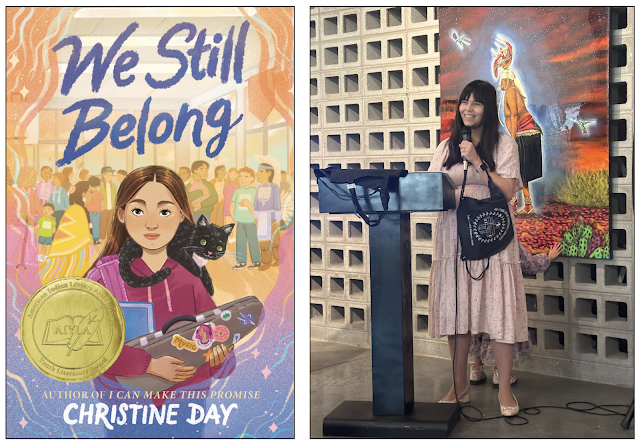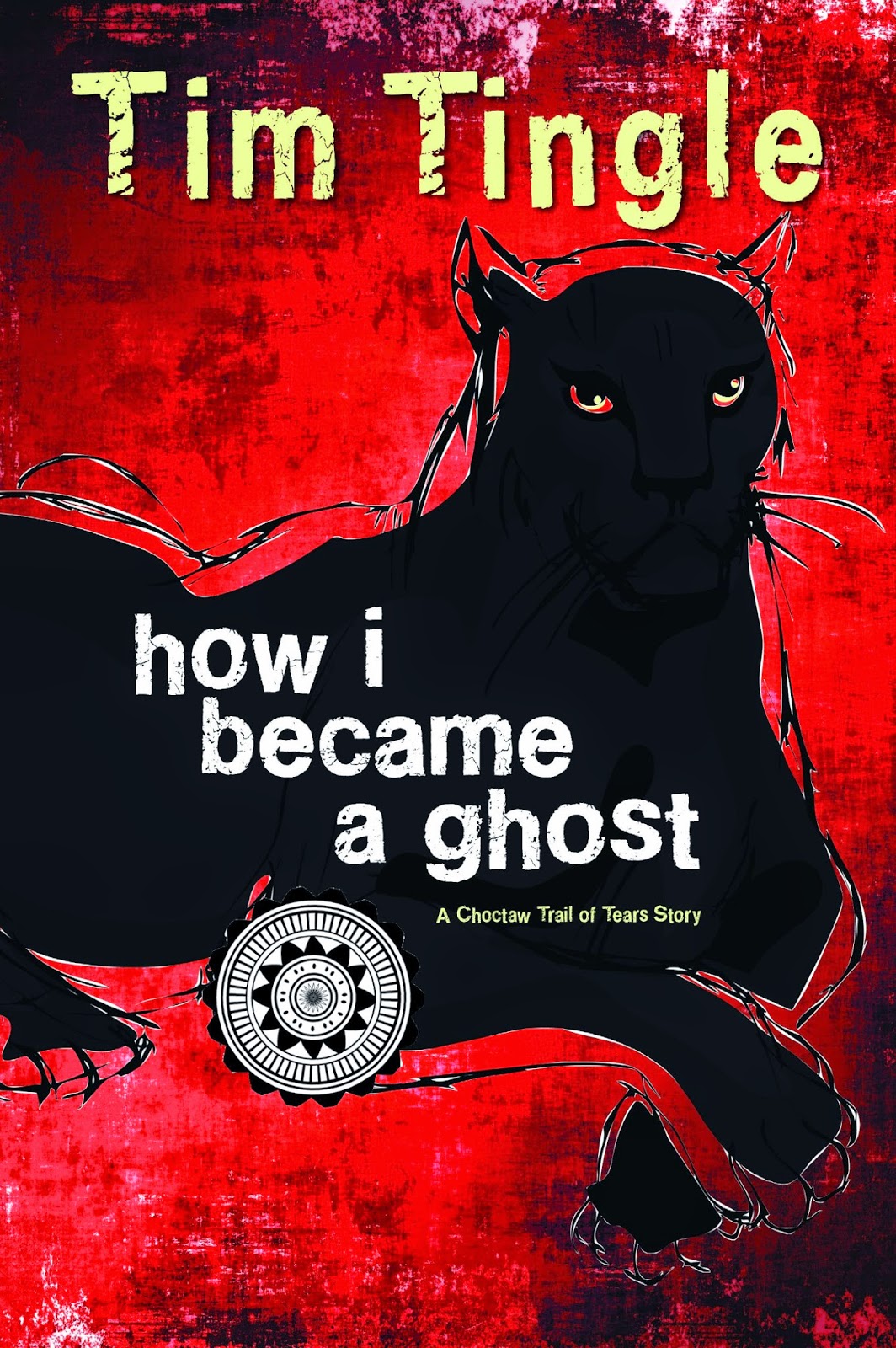Editors Note: On January 25, 2025, the American Indian Library Association (AILA) held its Youth Literature Award Ceremony in Phoenix. I am pleased to share the remarks Kim Rogers delivered when she received the American Indian Youth Literature Award in the picture book category for A Letter for Bob.
****
AIYLA Medal Acceptance Remarks
Kim Rogers
This is my first trip to Phoenix. It’s a wonderful reprieve from the freezing Oklahoma winter. Last week, during single digit temperatures, I was trying to thaw out our frozen shower with a portable space heater. Phoenix is a lot warmer, and I am grateful!
I am delighted to be here with you today to celebrate this special occasion in Native American Children's Literature.
Thank you so much for that kind introduction and warm welcome. Thank you to the American Indian Youth Literature Award committee members. I am grateful for the work you do. Thank you to everyone who made this event possible.
I am honored to receive this recognition along with many brilliant creatives whose work I admire.
Congrats to Laurel Goodluck and Jonathan Nelson. I am honored to share this recognition with you both.
My love of stories began at a young age when my Wichita grandmother and aunties would sit around my grandma’s living room and tell stories. They had me mesmerized.
They talked about all kinds of things. And maybe some things I wasn’t supposed to hear. They told stories about the men they’d dated, the latest gossip in town, and ghost stories on our tribal lands. Listening to them made me feel grown up and a part of them—a strong circle of women. And believe me, I learned a lot from those stories as you might imagine! Wow!
From the time I could read, I’d be lost in books. And I recruited others too. In my bedroom, I would line up my stuffed animals and pretend that I was a school teacher and read them picture books. Then I started writing my own.
I’d even illustrate the pages. I would staple them together and read them to my stuffed animal friends too. Yes, they were all ears!
In first grade, I wrote my first poem. It was raining that day and it filled me with so much emotion. I had to get the words on the page. I wrote it on a worksheet and drew a picture of a girl under an umbrella. My teacher commented later that she liked my poem and that it touched her. That’s when I learned the power of words.
In fourth grade, our teacher gave us the assignment of writing stories from our spelling word list. She would often ask me to read mine in front of the class. She told me I would be a writer someday. I laughed because I thought that something so fun could not be a real job. I thought jobs had to be miserable.
I am thankful for those wonderful teachers who encouraged me and were my first writing cheerleaders. They are part of the reason I stand here before you today.
For a long time, I was hesitant to write from my Wichita perspective. I grew up during a time when it did not feel safe for me to do so. With the start of 2025, it feels like that all over again.
But our work is incredibly important. It’s essential for our Native youth to see themselves in books. We must push back against book bans and efforts to silence our voices. We must continue on and write our stories for the sake our children and future generations.
Thank you to my friend Cynthia Leitich Smith, author - curator of Heartdrum who is another cheerleader in my life. Years ago, she had reached out to me on social media encouraging me to write about my Wichita heritage when I was writing everything else but that. She helped me find the courage to share my voice.
Thank you to my friend and agent Tricia Lawrence. I appreciate everything that you do for me!
Thank you to my editor and friend Rosemary Brosnan who had planned to celebrate with us today but could not be here. Sending you well-wishes and hugs. Thank you for your kindness and believing in my stories. Your brilliant editing makes every manuscript shine.
Thank you to all the wonderful people at Heartdrum. I am thrilled that I get to work with each one of you.
Thank you to Jonathan Nelson for bringing A LETTER TO BOB to life. I love seeing the beauty, humor, and relationships that you created in the illustrations of Katie and her family. And of course Bob the car.
Thank you to my family for your love and support, even those who are with me in spirit. Mom, I miss you each and every day.
Thank you to our sons for the memories of the many vacations, car rides, and adventures that helped me write the scenes in A LETTER FOR BOB.
Thank you especially to my husband, the love of my life and my biggest supporter and ultimate cheerleader who continues to tell everyone how proud he is of his wife—even our dentist! And I'm honestly a little embarrassed.
Thank you to everyone who advocates for Natives stories including librarians and teachers. YOU are my heroes.
I am so grateful to you all. So:ti:c?a. Thank you.




















